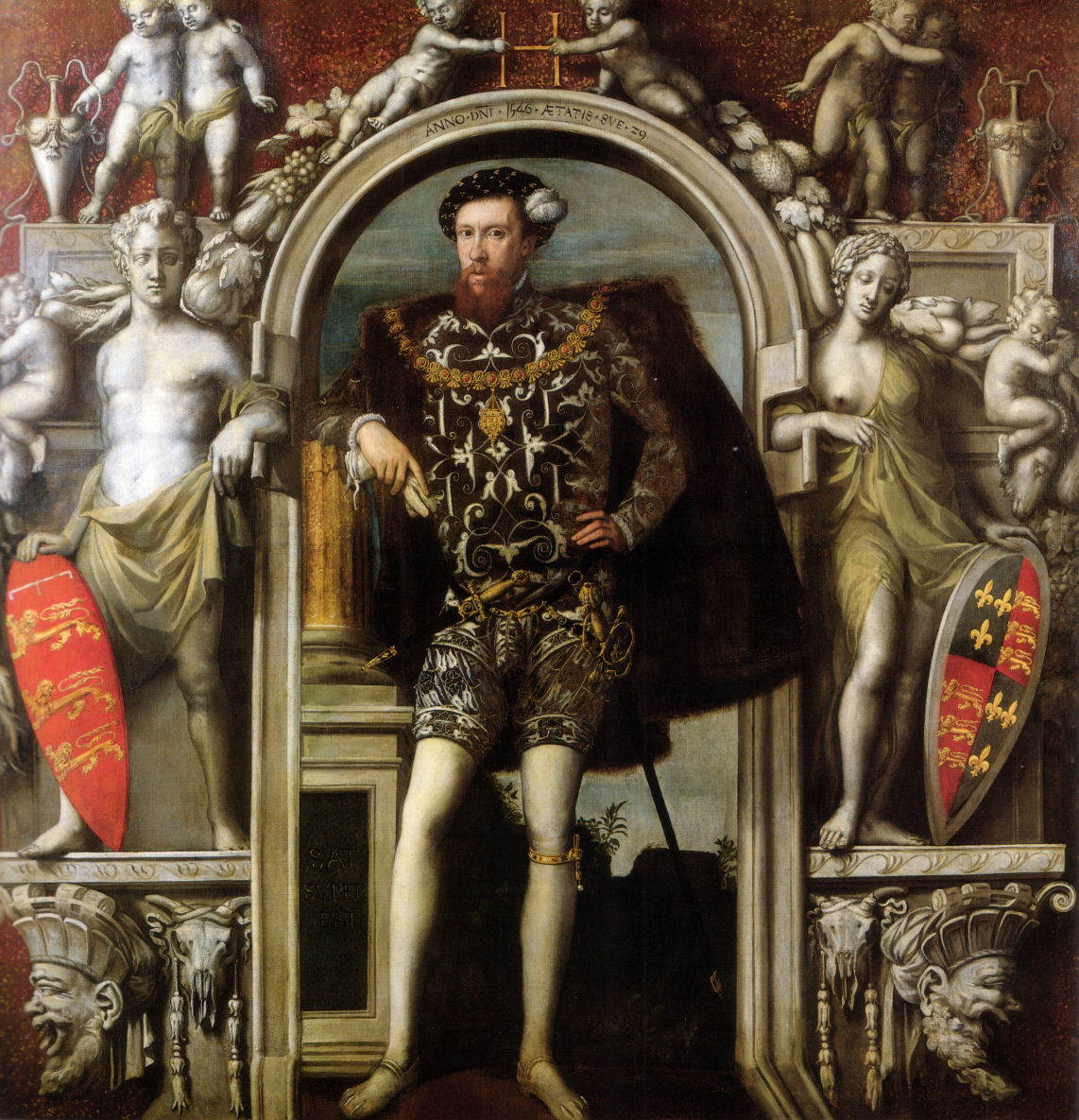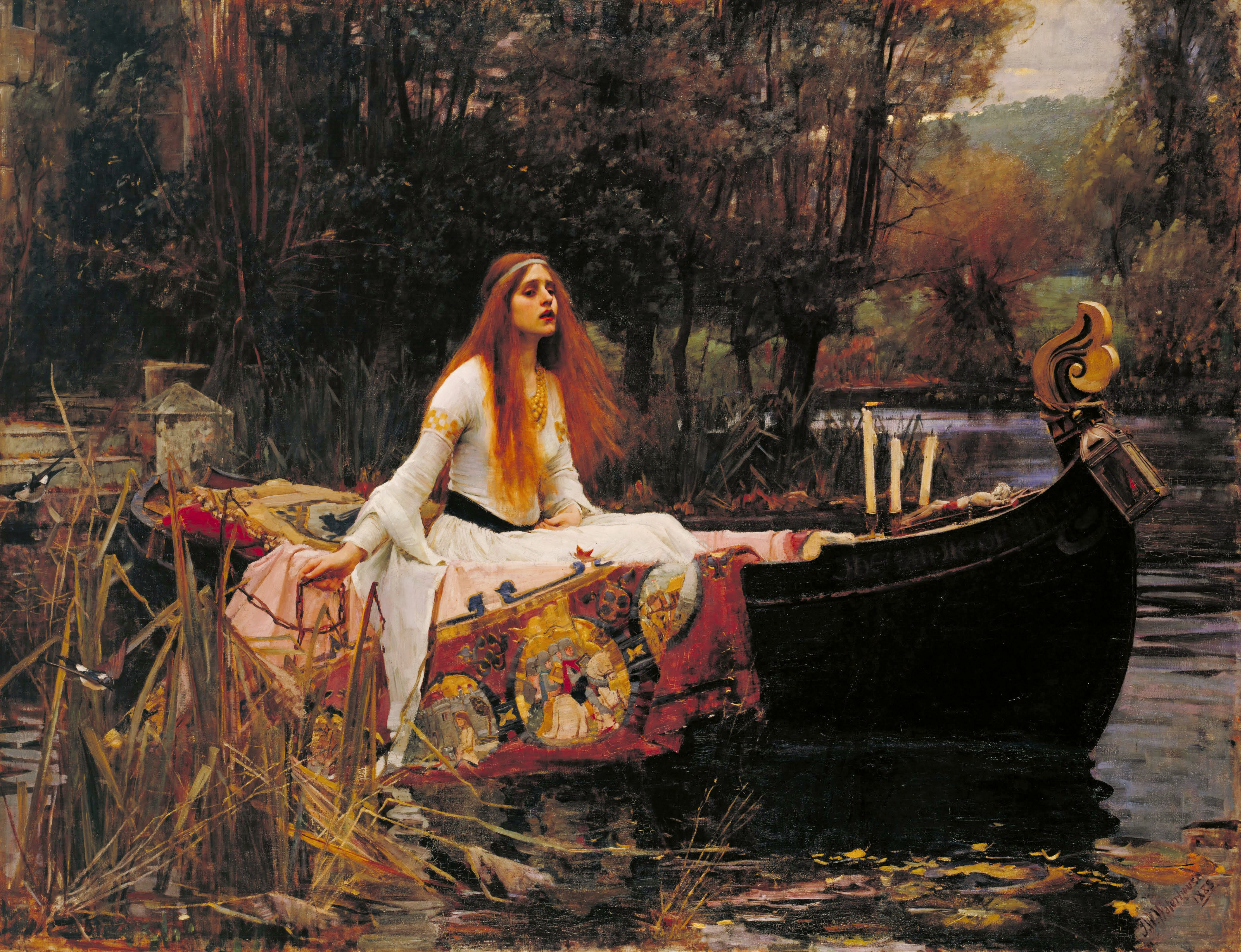|
Frances Howard (other)
Frances Howard may refer to: *Frances Howard, Countess of Surrey née de Vere (1516–1577), daughter of the Earl of Oxford and wife of the executed Henry Howard, Earl of Surrey *Frances Howard, Countess of Kildare (d. 1628), courtier * Frances Stewart, Duchess of Lennox née Frances Howard (1578–1639), daughter of Thomas Howard, Viscount Bindon *Frances Carr, Countess of Somerset née Frances Howard (1591–1632), countess of Somerset and daughter of Lord Thomas Howard * Frances Howard (actress) (1903–1976), American actress and wife of film producer Samuel Goldwyn * Frances Minturn Howard (1905–1995), American poet *Frances Drake Frances Drake (born Frances Morgan Dean; October 22, 1912 – January 18, 2000) was an American actress best known for playing Eponine in ''Les Misérables'' (1935). Early years Drake was born in New York City as Frances Morgan Dean to a ... or Frances Howard (1912–2000), American actress See also * Francis Howard (other) ... [...More Info...] [...Related Items...] OR: [Wikipedia] [Google] [Baidu] |
Frances Howard, Countess Of Surrey
Frances Howard, Countess of Surrey ( de Vere; c. 1517 – 30 June 1577) was the second daughter and third child of John de Vere, 15th Earl of Oxford, and Elizabeth Trussell, Countess of Oxford, Elizabeth Trussell. She first married Henry Howard, Earl of Surrey (executed for treason in 1547), and second Thomas Steyning. Her father held the second oldest Earl of Oxford, earldom in England, had solid landed interests and great influence at court, holding the hereditary title of Lord Great Chamberlain of England. In April 1532, her father married her to Henry Howard, Earl of Surrey, the eldest son of Thomas Howard, 3rd Duke of Norfolk, and his wife Elizabeth Stafford, Duchess of Norfolk, Elizabeth Stafford, but due to both of them being only 14 years old, they did not live together until 1535. The Howard family, Howard and House of de Vere, de Vere families were repeatedly intertwined and had fought on different sides during the Wars of the Roses, with the de Vere family supportin ... [...More Info...] [...Related Items...] OR: [Wikipedia] [Google] [Baidu] |
Frances Howard, Countess Of Kildare
Frances Howard, Countess of Kildare (died 1628), was a courtier and governess of Princess Elizabeth Stuart, Queen of Bohemia, and a member of the House of Howard. Marriages Frances Howard was the daughter of Charles Howard, 1st Earl of Nottingham and Catherine Carey, Countess of Nottingham. She was a member of the household of Queen Elizabeth as a lady of the Privy Chamber. On New Year's Day 1589, she gave the queen a scarf of black cloth "flourished" with Venice gold and silver, in 1600 she gave seven gold buttons set with sparks of ruby and pearls. She was married firstly to Henry FitzGerald, 12th Earl of Kildare (died 1597), and secondly in May 1601 to Henry Brooke, 11th Baron Cobham. Around the same time Cobham's brother George Brooke married Elizabeth Burgh, daughter of Lord Burgh. Rowland Whyte reported that the Queen approved their marriage plan in January 1600 and Howard and Brooke had secretly married in August 1600. Rowland Whyte mentioned her several times in his ... [...More Info...] [...Related Items...] OR: [Wikipedia] [Google] [Baidu] |
Frances Stewart, Duchess Of Lennox
Frances Stewart (), Duchess of Lennox and Richmond, Countess of Hertford (27 July 1578 – 8 October 1639)Strong (1998), pp. 61–62 was the daughter of a younger son of the Duke of Norfolk. An orphan of small fortune, she rose to be the only duchess at the court of James I of England. She married the son of a London alderman who died in 1599, leaving her a wealthy widow at a young age. She became, for 20 years, the third wife of the ageing Edward Seymour, 1st Earl of Hertford, nephew of Jane Seymour, third queen consort of Henry VIII. Within months of Edward's death she married a cousin of James I, Ludovic Stewart, 2nd Duke of Lennox and 1st Duke of Richmond. One of the great beauties of the Jacobean court, she was also the patron of Captain John Smith of the Virginia Colony. Life Frances Howard was the daughter of Thomas Howard, 1st Viscount Howard of Bindon (c. 1520–1582) and his wife Mabel Burton, daughter of Nicholas Burton. Lord Howard was the third and youngest so ... [...More Info...] [...Related Items...] OR: [Wikipedia] [Google] [Baidu] |
Frances Carr, Countess Of Somerset
Frances Carr, Countess of Somerset (31 May 1590 – 23 August 1632), was an English noblewoman who was the central figure in a famous scandal and murder during the reign of James VI and I, King James I. She was found guilty but spared execution, and was eventually pardoned by the King and released from the Tower of London in early 1622. Family She was born Frances Howard, the daughter of Thomas Howard, 1st Earl of Suffolk, Lord Thomas Howard (later 1st Earl of Suffolk), and his wife, the former Catherine Knyvet. Frances' father was the second son of Thomas Howard, 4th Duke of Norfolk, a wealthy and powerful nobleman during the late 16th and early 17th centuries, and Margaret Audley, Duchess of Norfolk. Frances' maternal grandparents were Sir Henry Knyvet, of Charlton, Wiltshire, and Elizabeth Stumpe. Failed marriage Lady Frances Howard was married at the age of 14 to the 13-year-old Robert Devereux, 3rd Earl of Essex, the grandson of Francis Walsingham. The marriage was prim ... [...More Info...] [...Related Items...] OR: [Wikipedia] [Google] [Baidu] |
Lady Frances Southwell
''Lady'' is a term for a woman who behaves in a polite way. Once used to describe only women of a high social class or status, the female counterpart of lord, now it may refer to any adult woman, as gentleman can be used for men. "Lady" is also a formal title in the United Kingdom. "Lady" is used before the family name or peerage of a woman with a title of nobility or honorary title ''suo jure'' (in her own right), such as female members of the Order of the Garter and Order of the Thistle, or the wife of a lord, a baronet, Scottish feudal baron, laird, or a knight, and also before the first name of the daughter of a duke, marquess, or earl. Etymology The word comes from Old English '; the first part of the word is a mutated form of ', "loaf, bread", also seen in the corresponding ', "lord". The second part is usually taken to be from the root ''dig-'', "to knead", seen also in dough; the sense development from bread-kneader, or bread-maker, or bread-shaper, to the ordinary ... [...More Info...] [...Related Items...] OR: [Wikipedia] [Google] [Baidu] |



